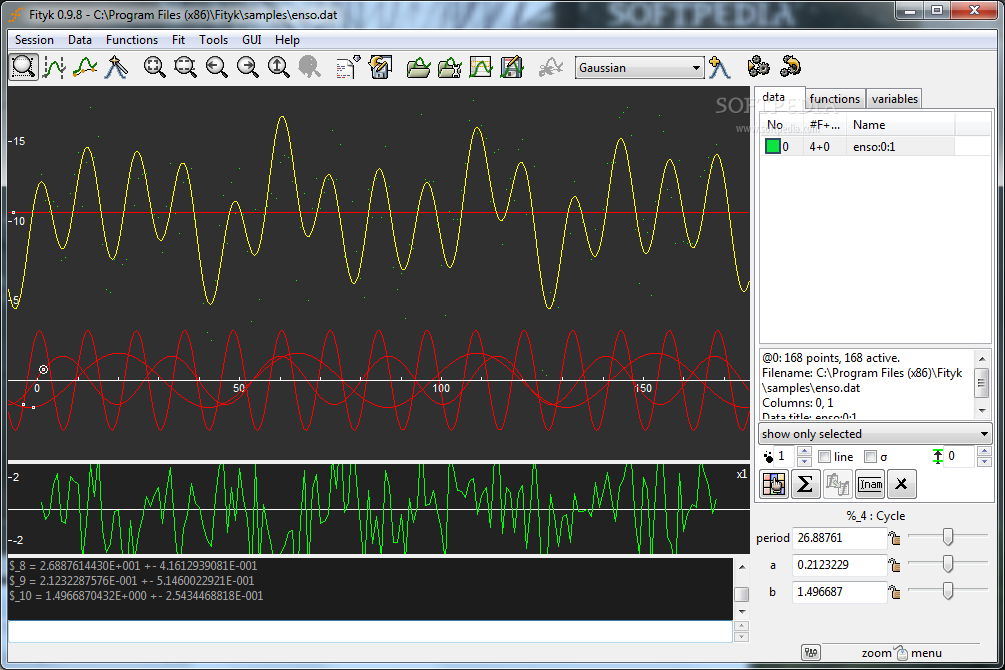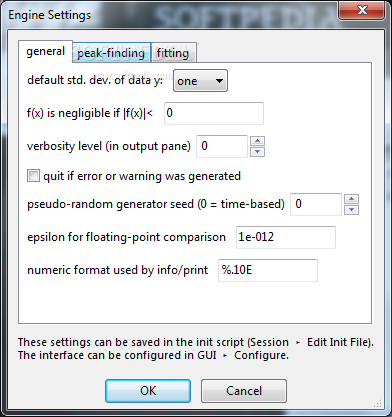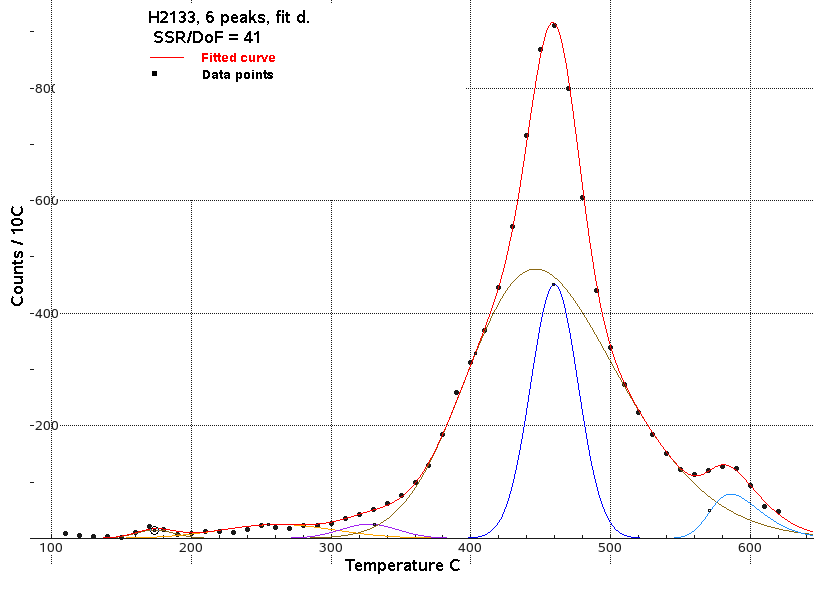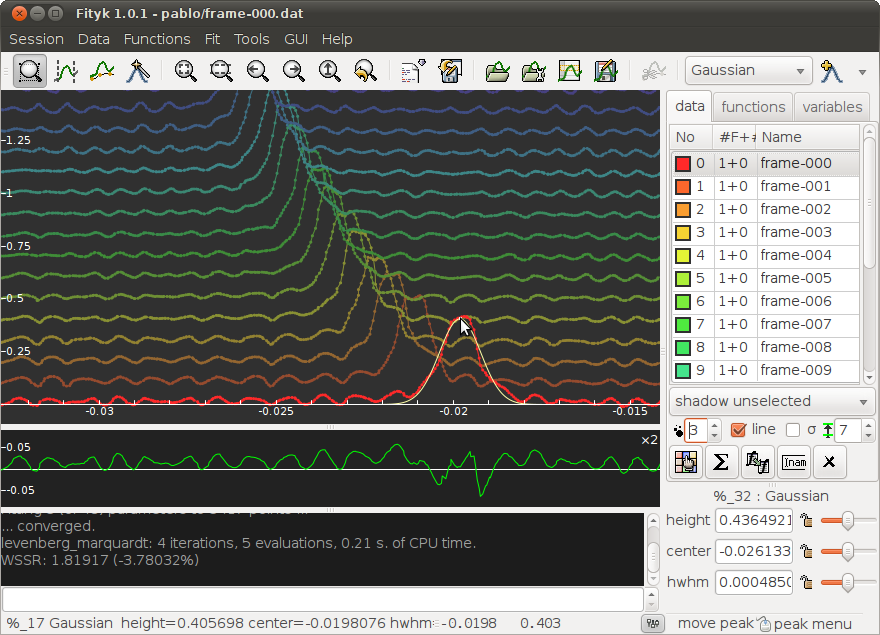

To investigate this point in detail, we used human LDH-A as a model system. However, the decrease in pH i linked to hypoxic glycolysis and ATP consumption could trigger a parallel decrease in LDH-A activity, depressing in turn the energetic potential of lactate generation. When considering cells facing prolonged fatigue and hypoxia, the activity of LDH-A is essential for the energetic metabolism. This is in contrast with the situation observed in normal cells, whose pH i can be induced to decrease by transient/prolonged hypoxia. This phenotype of cancer cells is presumably related to the necessity to preserve the activity of LDH-A, featuring a pH-sensitivity related to post-translational modifications. The maintenance of high pH i in cancer cells is linked to a repertoire of biochemical factors, the action of which is increased over the levels observed under physiological conditions.

Ī peculiar situation is usually detected in cancer cells, whose energetic metabolism is committed to glycolysis and lactate release, and whose pH i is nevertheless higher than in normal cells. This effect triggered by pyruvate is linked to the action of LDH, which is essential to maintain the NAD +/NADH molar ratio within values appropriate for cells growth and duplication. Moreover, it was also shown that pyruvate counteracts the inhibition exerted by metformin on cancer cells proliferation. Remarkably, it has been demonstrated that silencing or inhibiting LDH-A in human B-lymphoid cells does induce cell death via oxidative stress. Therefore, any situation limiting the oxidative consumption of pyruvate (not necessarily oxygen limitation) would imply an increase in lactate level, a condition which is known to occur in cancer cells.

According to this view, the cytosolic lactate produced under fully aerobic conditions is transferred to the mitochondrial intermembrane space, where it undergoes oxidation to pyruvate, which is finally committed to the Krebs cycle. However, it was shown that lactate can be produced in fully aerobic tissues, and it was proposed that lactate does always represent the end product of glycolysis. This indeed occurs in tissues subjected to intense exercise, whose cells face transient hypoxia and feature a 16-fold increase in the lactate/pyruvate ratio when compared with cells of resting tissues. Physiologically speaking, the relevance of lactate in energetic metabolism is linked to conditions limiting oxidative phosphorylation. Overall, our observations indicate the occurrence of a negative feedback between lactic acidosis and human LDH-A activity, and a complex regulation of this feedback by pyruvate and by some intermediates of the Krebs cycle. Finally, using the human liver cancer cell line HepG2 we isolated cells featuring cytosolic pH equal to 7.3 or 6.5, and we observed a concomitant decrease in cytosolic pH and lactate secretion.

Dynamic light scattering (DLS) experiments revealed that the occurrence of allosteric kinetics in human LDH-A is mirrored by a consistent dissociation of the enzyme tetramer, suggesting that pyruvate promotes tetramer association under acidic conditions. Further, citrate, isocitrate, and malate were observed to activate human LDH-A, both at pH 5.0 and 6.5, with citrate and isocitrate being responsible for major effects. Conversely, human LDH-A features Michaelis–Menten kinetics at pH values equal to 7.0 or higher. Using human LDH-A, here we show that when exposed to acidic pH this enzyme is subjected to homotropic allosteric transitions triggered by pyruvate. Nevertheless, the mutual dependence of LDHs action and lactic acidosis is far from being fully understood. This biochemical process is known to induce a significant decrease in cytosolic pH, and is accordingly denoted lactic acidosis. its reduction to lactate catalyzed by lactate dehydrogenases (LDHs). However, under conditions limiting oxidative phosphorylation, pyruvate is coupled to alternative energetic pathways, e.g. The aerobic energetic metabolism of eukaryotic cells relies on the glycolytic generation of pyruvate, which is subsequently channelled to the oxidative phosphorylation taking place in mitochondria.


 0 kommentar(er)
0 kommentar(er)
